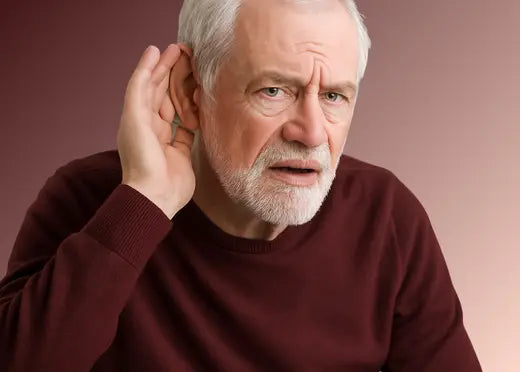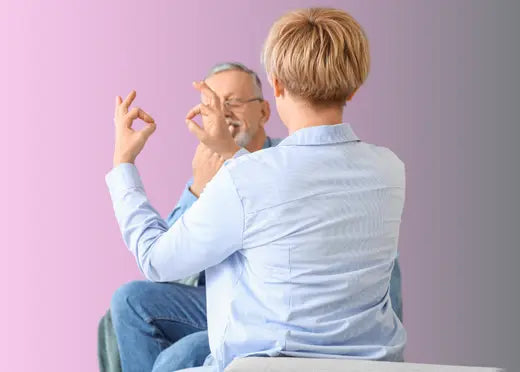Understanding Presbycusis
Physiological mechanisms of hearing aging
With age, our hearing system undergoes natural changes. Presbycusis results from a progressive degeneration of the sensory cells in the inner ear. This phenomenon primarily affects high frequencies and impacts the ability to understand speech, especially in noisy environments.
Typical progression and stages of development
Age-related hearing loss progresses slowly. It often begins as a subtle discomfort before becoming a significant handicap in daily life. Identifying the early signs allows for earlier action to preserve communication.
Affected frequencies and impact on comprehension
High-pitched sounds are usually the first to be affected, making it difficult to understand certain consonants or high-pitched voices. This deterioration significantly affects the quality of communication with others.
Aggravating factors and possible preservation
Smoking, noise exposure, or certain medical conditions such as diabetes can accelerate hearing loss. However, a healthy lifestyle and appropriate hearing protection can slow its progression.
Early signs and diagnosis
First symptoms often overlooked
Frequently asking for repetitions, turning up the television volume, or avoiding group conversations are signs to watch for. These behaviors can appear gradually and can be minimized.
Social and psychological impact
Hearing loss can lead to isolation, frustration, and low self-esteem. Maintaining good communication is essential to prevent adverse effects on mental health.
Recommended screening tests
A simple hearing test, performed at a pharmacy or by a healthcare professional, can quickly detect hearing loss. The audiogram remains the standard for accurately assessing the level of hearing loss.
Interpretation of the audiogram in seniors
In older adults, the audiogram can guide the choice of solutions based on the affected frequencies and the degree of impairment. It can also reveal asymmetrical or sudden losses requiring special attention.
Prevention and slowdown strategies
Preventive hearing protection
Limiting exposure to noise, wearing suitable earplugs during noisy activities, or avoiding excessive volume on headphones are all simple but effective actions.
Nutrition and Habits for Hearing Health
A balanced diet, rich in antioxidants, omega-3 and vitamins (B12, D), plays an important role in maintaining good hearing.
Cognitive stimulation and auditory training
Comprehension exercises, auditory games, or brain stimulation apps can help strengthen listening and concentration skills.
Management of comorbidities impacting hearing
Hypertension, diabetes, and vascular disorders all affect the health of the inner ear. Proper medical monitoring can limit their impact on hearing.
Solutions adapted to each stage
Specific hearing aids for presbycusis
Hearing aids can precisely correct the frequencies affected by presbycusis. They are particularly effective when a hearing aid is available and well-accepted.
Hearing aids for mild to moderate hearing loss
For seniors who are experiencing early hearing loss or are reluctant to use hearing aids, solutions like this hearing aid for seniors offer an easy-to-access alternative without complex adjustments.
Complementary technologies at home
There are amplified telephones, wireless TV systems, and even vibrating alarms, which effectively complement hearing aids or assistants.
Step-by-step approach to fitting
Accepting a hearing aid can take time. Offering an interim solution can make it easier to accept a more comprehensive hearing aid later.
Spokeo listening assistant for seniors
Amplification adapted to presbycusis profiles
Spokeo amplifies only the speaker's voice with a smart microphone, reducing the sound confusion common in age-related hearing loss.
Ease of use for all ages
With no setup, no app, and no wires, Spokeo turns on with a single tap. Its comfortable headset allows for immediate use, even in emergency situations.
Comfort and discretion in everyday life
Lightweight and stylish, the headset is comfortable to wear, and the remote microphone clips discreetly onto the collar of a loved one or caregiver. Ideal for both home and institutional use.
Testimonials from users and professionals
Many seniors, caregivers, and healthcare professionals praise Spokeo's clarity of sound and ease of use, especially in noisy environments or critical moments.













